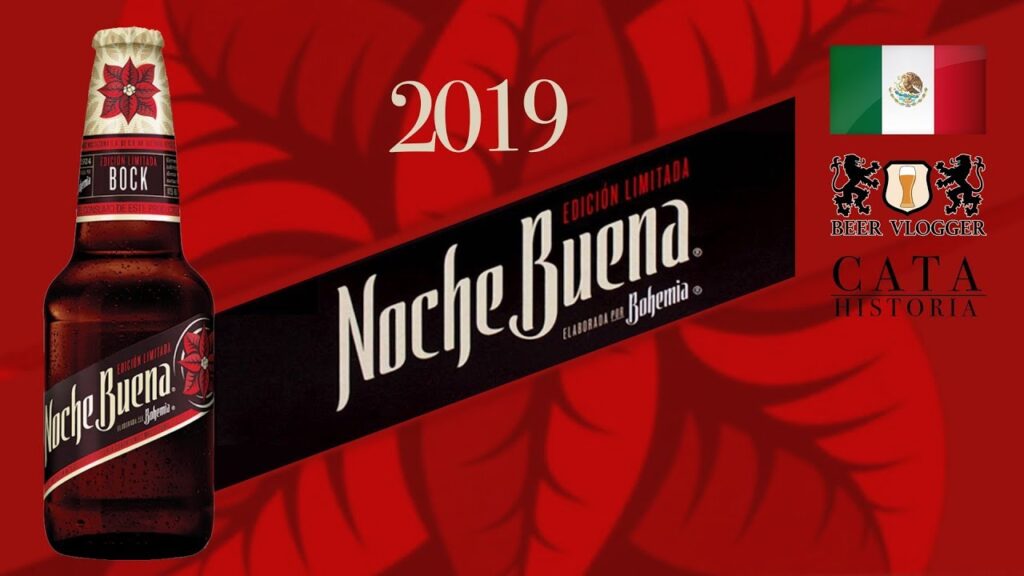Introduction to Tacos de Canasta
Tacos de Canasta, which literally translates to “basket tacos,” are a quintessential street food found throughout Mexico, particularly in Mexico City. These tacos are unique because they’re steamed within a basket, as their name suggests, which gives them a distinctive texture and flavor that’s different from other tacos. They are a beloved part of Mexican culinary tradition, representing the ingenuity and resourcefulness of street food vendors who needed to keep their food warm and portable.
The history of Tacos de Canasta is as rich as the flavors wrapped in their soft, warm tortillas. Also known as “tacos al vapor” or steamed tacos, they originated from a need for an easily transportable and sellable snack that could sustain its temperature and taste throughout the day. Vendors pack these tacos tightly in large cloth-covered baskets, which are then often insulated with layers of plastic to maintain their heat and moisture, resulting in a tender and juicy bite every time.
The fillings for Tacos de Canasta vary, offering a range of flavors to please any palate. Typical fillings include chicharron (pork rind), adobo (spiced stewed meat), potatoes with chorizo, and refried beans. Each taco is modestly sized, allowing for a variety of types to be enjoyed in a single sitting. Their convenience and affordability make them a popular choice among locals looking for a quick, satisfying meal on the go. As portable as they are delicious, these tacos prove that the best flavors of Mexico can indeed come in small, steamed packages.
The History of Tacos de Canasta
The origin of Tacos de Canasta, which translates to “basket tacos,” is a humble yet intriguing tale that spans several decades in Mexican culinary history. Initially, these scrumptious snacks were a staple for blue-collar workers due to their affordability and portability. Tacos de Canasta are traditional street food, which began in the bustling markets and labor-centric neighborhoods of Mexico City.
These tacos are distinct in how they are prepared and served. A vendor would stack soft, oil-dipped corn tortillas filled with various stewed fillings into a large basket. The fillings usually include chicharron, adobo, frijoles (refried beans), and picadillo. The filled tacos are then covered with cloth to keep them warm and are left to steam within their container, imbuing them with a unique flavor and texture.
What makes Tacos de Canasta remarkable is the way the flavors meld during the steaming process. The warmth and moisture within the basket create a gentle cooking environment, allowing the flavors from the stews to permeate the tortillas. This process not only makes the tacos deliciously tender but also gives them a very distinctive, almost addictive taste.
Over the years, Tacos de Canasta have become a beloved fast-food item across Mexico, earning the nickname “sweaty tacos” due to the steamy wrapping method. The practice of selling them on bicycles or from street stands has created an entire subculture for taco aficionados, solidifying their place in the pantheon of Mexico’s rich and diverse street food tradition.
How Tacos de Canasta are Made
Tacos de Canasta, which literally translates to “basket tacos,” are a beloved street food in Mexico, known for their soft texture and rich flavor. Unlike typical tacos that are served hot off the grill, Tacos de Canasta are pre-made and kept warm in large cloth-covered baskets, which gives them their signature steamy and tender qualities.
The process of making Tacos de Canasta starts with the fillings. Common fillings include chicharrón (fried pork skin), adobo (seasoned shredded pork), potatoes with chorizo, and refried beans. These fillings are cooked until they are bursting with flavor and are then wrapped in small corn tortillas. What’s special about these tacos is that they are usually smaller than regular-sized tacos, which makes them perfect for on-the-go eating.
Once the tacos are assembled, they are doused with a thin layer of hot oil, which helps them stay moist. This step is pivotal because it prevents the tacos from becoming too dry while they are kept warm. The tacos are then carefully stacked inside a basket that’s lined with blue plastic and cloth, creating layers upon layers of deliciousness. The plastic helps in retaining the heat and moisture, while the cloth absorbs any excess oil, ensuring the tacos remain enjoyable and not overly greasy.
To finish, the basket of tacos is covered with more cloth or a tightly fitting lid to trap the heat. The tacos steam within their enclosure, allowing the flavors to meld together beautifully. The warmth of the basket not only keeps the tacos at the right temperature but also makes the tortillas become incredibly soft and pliable. Street vendors then carry these baskets on their bicycles or to their market stands, where hungry patrons await to indulge in this classic Mexican comfort food.
Where to Find the Best Tacos de Canasta in Mexico
When traveling through Mexico, a country rich with culinary delights, one must not miss the chance to taste the iconic Tacos de Canasta. These “basket tacos” are a staple of Mexican street food, known for their savory fillings and the unique steaming process that makes them irresistibly soft. Tacos de Canasta are typically filled with a variety of ingredients like chicharrón, potatoes, beans, and other seasoned meats, then packed tightly in a basket and covered to keep them warm and moist until serving.
In Mexico City, the sprawling metropolis offers no shortage of spots to grab authentic Tacos de Canasta. One of the most famous vendors is “Los Especiales,” located in the bustling neighborhood of La Condesa. This stand not only serves up traditional tastes but does so using family recipes that have been passed down for generations. Taco enthusiasts line up regularly to get their fix, with the chicharrón en salsa verde being a crowd favorite.
Venturing outside the capital, the city of Puebla also boasts some remarkable Tacos de Canasta spots. Here, “La Pasadita” is renowned for its flavorful fillings and perfect steaming technique. The tacos are so popular among locals and tourists alike that they often run out by early afternoon, so it’s advisable to get there early to sample their staple tacos with adobo and mole sauces.
Lastly, no taco tour would be complete without stopping by “El Auténtico” in the beautiful city of Guadalajara. This spot is a hidden gem, frequented by those who crave the authenticity of a true Tacos de Canasta experience. They serve a blend of zesty and mild tacos, with their frijoles con queso (beans with cheese) tacos gaining legendary status among visitors in search of the real taste of Mexican street food tradition.



